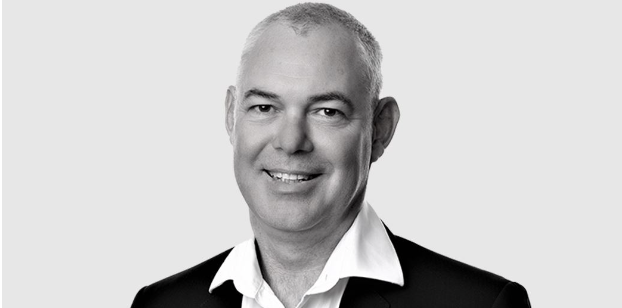Number of DFMs in South Africa 'unsustainable': Graphite

The number of DFMs in South Africa is ‘unsustainable’, said the CIO of an Umhlanga-based asset advisory.
Jacques du Plessis of Graphite stated that ‘by the widest definition, there could be 60 DFMs’ operating in the country. And his own firm’s sliding scale of 0.25% to 0.1% – based on assets under management (AUM) per client – is much in line with the rest of the industry, he believes.
‘I have seen fees out there are low as eight basis points and as high as 30 bps, for long-only onshore funds,’ he said. ‘We make a living with AUM of R12bn, but we can see that many of our peers are subscale.’
However, Du Plessis said that the money is sticky: ‘we lost a client for a year but then they came back.’
He explained that some competitors can charge higher fees, ‘but that is when they offer practice management services such as software to make running an IFA practice easier. Some even help with succession planning. I’m not sure if the end client gets much benefit from these services, or even realises they are paying for them.’
Regulation
Du Plessis said that wrap funds (portfolios of unit trusts), which were in vogue around 1999 and 2000 went out of fashion after the introduction of capital gains tax.
But, he said, ‘CGT shouldn’t be a large factor if the portfolio isn’t churned frequently.’
He also said that DFMs are serving an emerging need.
‘The game changed over the past few years as there’s more regulatory scrutiny. Can an IFA – who is not an investment specialist – simply offer clients four risk-profiled options? Who makes the decision to choose them?’
Du Plessis said that there will continue to be integrated IFA groups such as Citadel and PSG Wealth, with their own credible investment capabilities.
‘But there are still IFAs out there without the resources to manage investments in-house, and for whatever reason haven’t yet partnered with a DFM.’
Solutions
Graphite s DFM business has officially been going for barely 30 months, but it is run by a team with 25 years of multi-management experience – in both the long-only and hedge fund spheres.
It has R12bn under advice.
‘We don’t offer a complete front-to-back-end solution,’ said Du Plessis. ‘We wouldn’t be a good fit if an IFA wants to go on automatic pilot. They need to partner with us. We have a collaborative model.’
He added that Graphite’s model essentially gives IFAs ‘the opportunity to outsource decisionmaking to an experienced and professional investment team.
‘We take the guesswork out of allocating client capital. And as an independent we can genuinely claim to provide a bespoke approach. We also have a fully transparent approach: clients have access to all statements, returns, fee structures and asset allocations. We treat our clients as partners, we do not spoonfeed them our model portfolios.’
Graphite avoids conflicts of interest as it doesn’t have its own branded collective investment schemes. ‘We don’t offer one-size-fits-all portfolios which IFAs can put their clients into, based on whether they qualify as aggressive, moderate or conservative.’
Du Plessis said Graphite can work with IFAs who have their own preferred managers. ‘And while we prefer a building block approach, we can also help clients who want to build a portfolio of balanced funds. We also use index funds when it’s appropriate.’
Graphite originated as the in-house fund of fund team at Alpha Asset Management, which used third-party funds from inception. Graphite also runs model portfolios of Section 65 approved funds from its Mauritius-based business.
Du Plessis says this is growing considerably faster than the onshore DFM as IFA look to retain clients who are emigrating, or least want to move their money into foreign currency funds.

